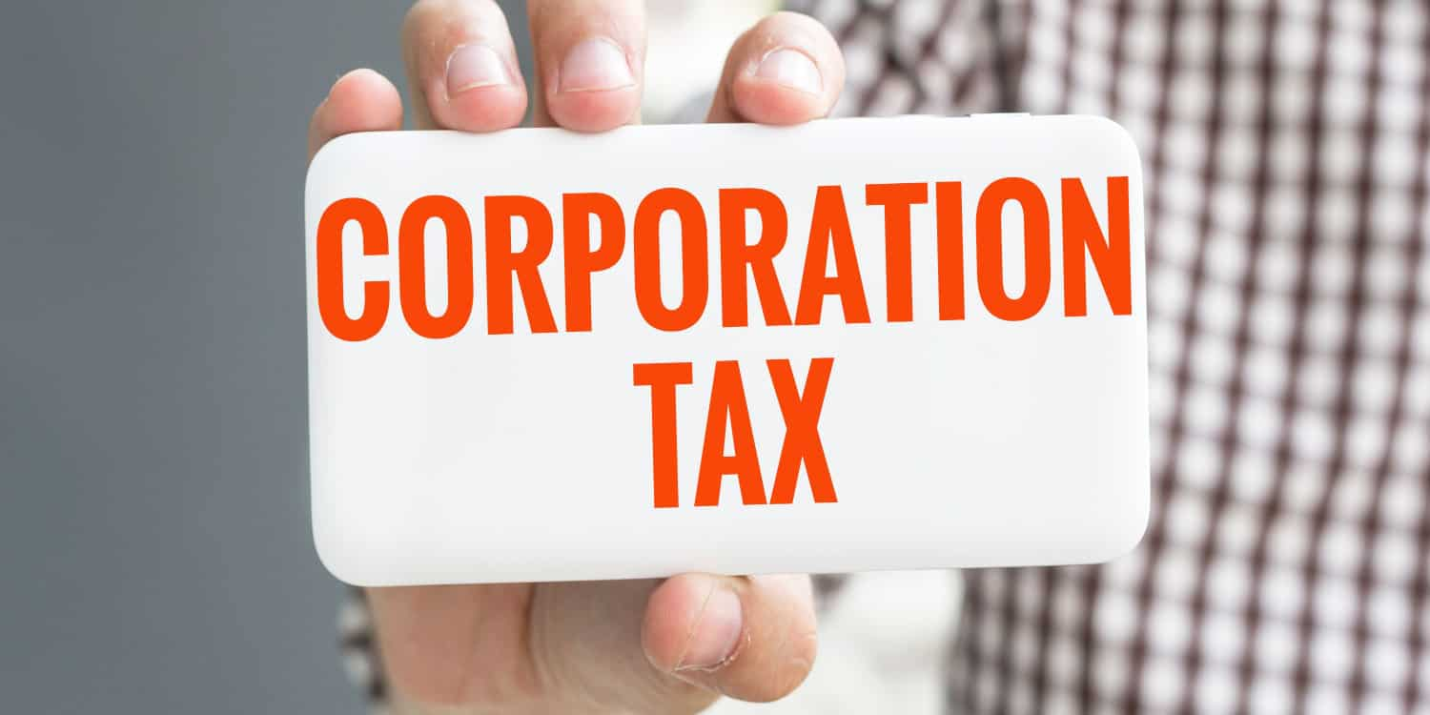Free Courses Sale ends Soon, Get It Now


Free Courses Sale ends Soon, Get It Now



Copyright infringement not intended
Context: The government lost Rs 1 lakh crore in revenue in FY21 after the corporation tax rate cut.
Details
Background
The 2019 tax reform had two main features:
Expected benefits of the 2019 tax reform
The government taken several measures to complement the tax reform and revive the economy
Challenges faced by the 2019 reform
The government needs to take further steps to ensure that the tax reform achieves its objectives and contributes to economic recovery and growth.
Way forward
Must-Read Articles:
MINIMUM TAX ON BIG BUSINESSES: https://www.iasgyan.in/daily-current-affairs/minimum-tax-on-big-businesses
DIRECT TAXES: https://www.iasgyan.in/daily-current-affairs/direct-taxes-36
|
PRACTICE QUESTION Q. What are the implications of lowering corporate tax rates, and how might this decision affect economic growth and government revenue? Furthermore, what challenges might arise from such a reduction, and what strategies can be employed to navigate these challenges while ensuring sustainable economic development? |
© 2024 iasgyan. All right reserved